Summer is finally here! But, this summer is like none other as the school year has been like none other, and we now find ourselves preparing for a highly uncertain upcoming year. So the question is, “How can we use our valuable summer months to ready ourselves for what is ahead?”
Hopefully, at some point you will find yourself on a beach, perhaps with a bag of must-reads, thinking about building a sandcastle. The best castles are built when we start with the knowns, such as planning for where the structure will be safe from the tide, how much wet sand is needed, and if we have the right tools. We can use similar thinking about our summer by starting with knowns and actively seeking to identify unknowns.
Known 1: You cannot fill another’s cup if yours is empty–and after the past few months, it’s more like a bucket we each need to fill…or three.
Known 2: There is an endless amount of resources available to you as you consider how to fill each bucket. Know, we are not providing lists, but offering ways to prioritize how you can use your time.
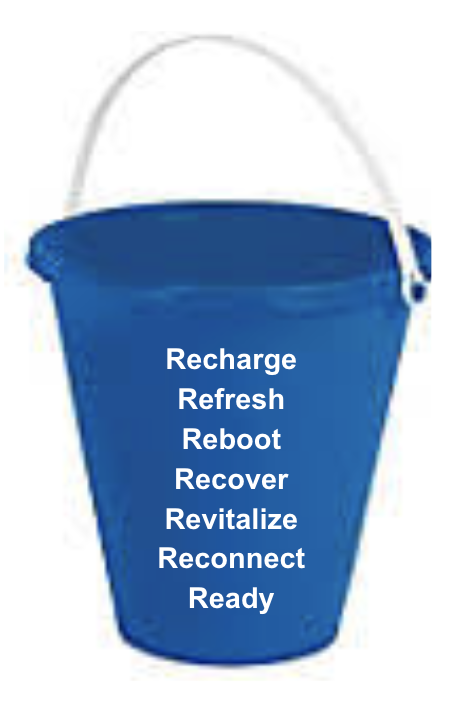
BUCKET 1 – SPIRIT
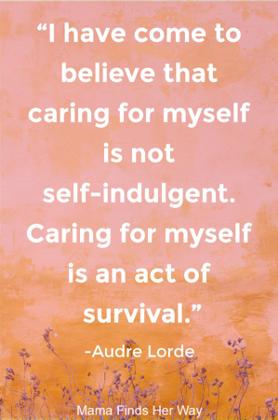
We live in a society that often promotes that our own needs are secondary to the needs of others. Heck, our profession is about service to our students and our school community. As Brené Brown suggests, “In a society that says ‘Put yourself last,’ self-love and self-acceptance are almost revolutionary.” Writer and poet, Audre Lorde identified care for self as an “act of survival.” For educators preparing to enter into the 2020-2021 school year, to survive and ultimately thrive, and to fill others’ buckets, self-care and wellness must become a part of each day.
How:
Reboot: Consider things that ground you, calm you, and energize you–whatever those are–mindfulness moments, going outdoors to hike or bike, going to the beach, or exploring personal hobbies/new life skills.
Reconnect with friends and family, sharing with others about emotions and experiences, and going totally offline.
Consider how these activities can be brought into your instruction for your students and your colleagues that will allow your school community to find ways to recharge and reconnect throughout the year.
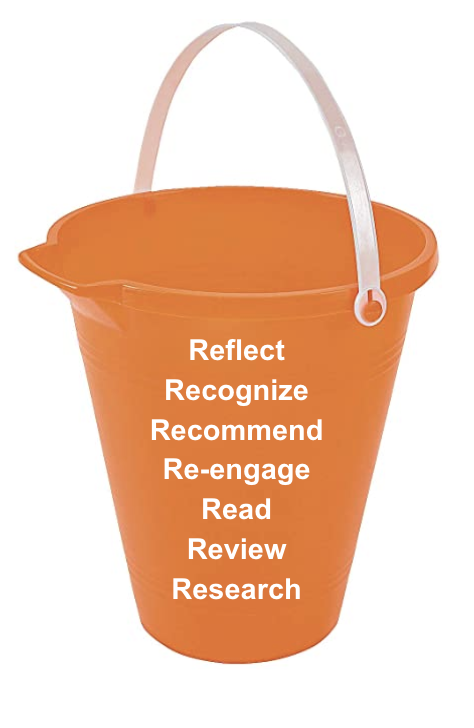
BUCKET 2 – KNOWLEDGE
As lifelong learners, reflection and reading is a typical part of summer, growing our skills and knowledge. However, as this has not been our usual year, given a global pandemic and widespread social unrest, this may not be your usual summer of reflection and reading. For many, us included, it will require harder looks and deeper dives. You should celebrate successes–reflecting on how you positively impacted students and tirelessly innovated to ensure teaching and learning could continue, but also identify how to improve your impact on marginalized students and those for whom learning has been inaccessible.
How:
Consider your experiences, challenges, and triumphs over the past few months:
- Reflect: What are some barriers that prevented students from reaching their full potential or accessing the learning? What were your barriers in supporting your learners (leaders, supporting teachers)? What barriers do you expect will exist when school reopens?
- Recognize: What barriers did you not recognize or fully address in terms of accessibility, equity, and culturally responsive teaching?
- Review: Current curriculum units, materials, and resources to identify barriers or inequity that exists.
- Review our 4 Stages of the Shift to Distanced Learning. Regardless of your model of teaching and learning in the fall or where you landed by June with your students, we are expecting most will return to Stage 1 for at least the first 30 days if not longer based on needs. Therefore, it is vital that we proactively identify what barriers might exist for our students (ourselves/our teachers) upon return and what will perpetuate inaccessibility. This thinking (UDL anyone?) should guide your summer planning, and leaves room for you to react and adapt as school begins.
Some potential Stage 1 priorities (in no particular order) that can create barriers:
- Maslow’s basic needs of safety and physiological
- Trauma-informed teaching
- Wellness/social emotional learning
- Family support/understanding of family dynamics and cultural needs
- Issues/challenges with technology, internet, or device access
- Communication/language accessibility
- “Classroom” and school community/relationships
- Virtual organization of schools (e.g. single hubs for all communication or PL)
- Virtual organization of classrooms
- Physical set up of schools/classrooms/public health requirements
- Re-engage and Research: From the above list, identify what you need to better understand. Prioritize, then seek experts, webinars, books, and resources to support your learning. Seek coherence to create efficiency; continually make connections and find causal relationships among concepts.
- Reflect: How you will gather more information now and in the fall about barriers and how we are impacting our learners (e.g., surveys, conversations with families and staff, observation and feedback)?
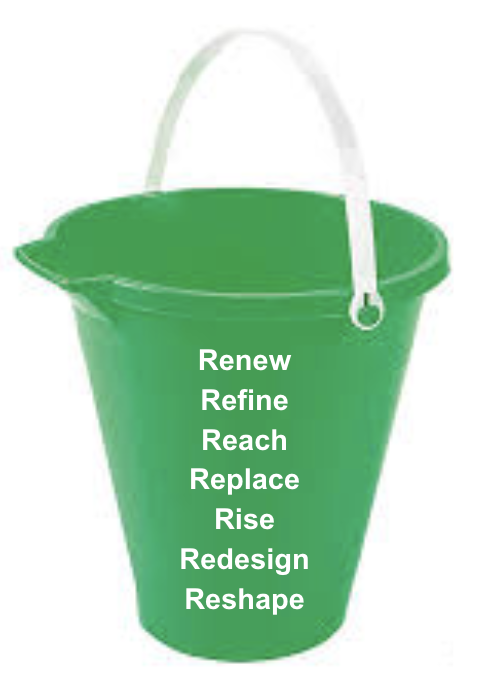
BUCKET 3 – ACTION
It will be critical to not only fill a knowledge bucket (#2), but also an action bucket. We have to put all of that recharging, reflection, and research to good use for our learners, determine how we will make changes, and take steps toward those becoming a reality.
How:
Reshape: Use the summer to plan adaptable lessons and units that will allow for changing environments or sudden school closures (e.g. integrate blended learning). Plan and adapt curriculum based on what you understand about what makes learning inaccessible or inequitable for students (e.g. culturally responsive teaching, social justice).
Refine: Adjust lesson design to ensure each learner can reach their fullest potential (e.g., choice for content access or demonstration), and replace those practices that do not serve our students, families, or teachers. Identify “high leverage” and “high impact” strategies and tools in alignment with where your students are.
Conclusion
We hope to see all educators emerge from the summer renewed and ready to welcome students to a new school year, but this can only happen with full buckets. Though we have experienced stress, loss, exhaustion, and more, remember that in our times of greatest challenge, we have the greatest opportunities to grow.
We know many of you have not met your new students, but if you can fill your 3 buckets this summer, you will be ready to fill theirs when they arrive and build amazing sandcastles together next year.
And for additional inspiration…
“Summertime, and the living is easy…One of these mornings you are going to rise up singing. You are going to spread your wings and take to the sky.” ~ Summertime
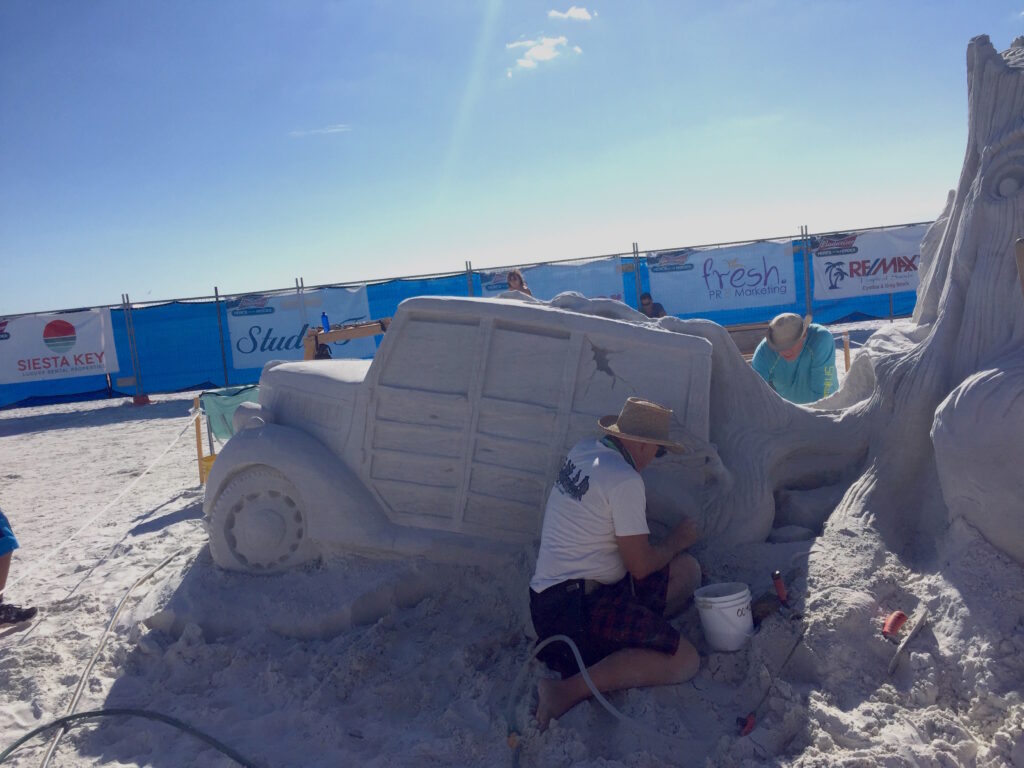
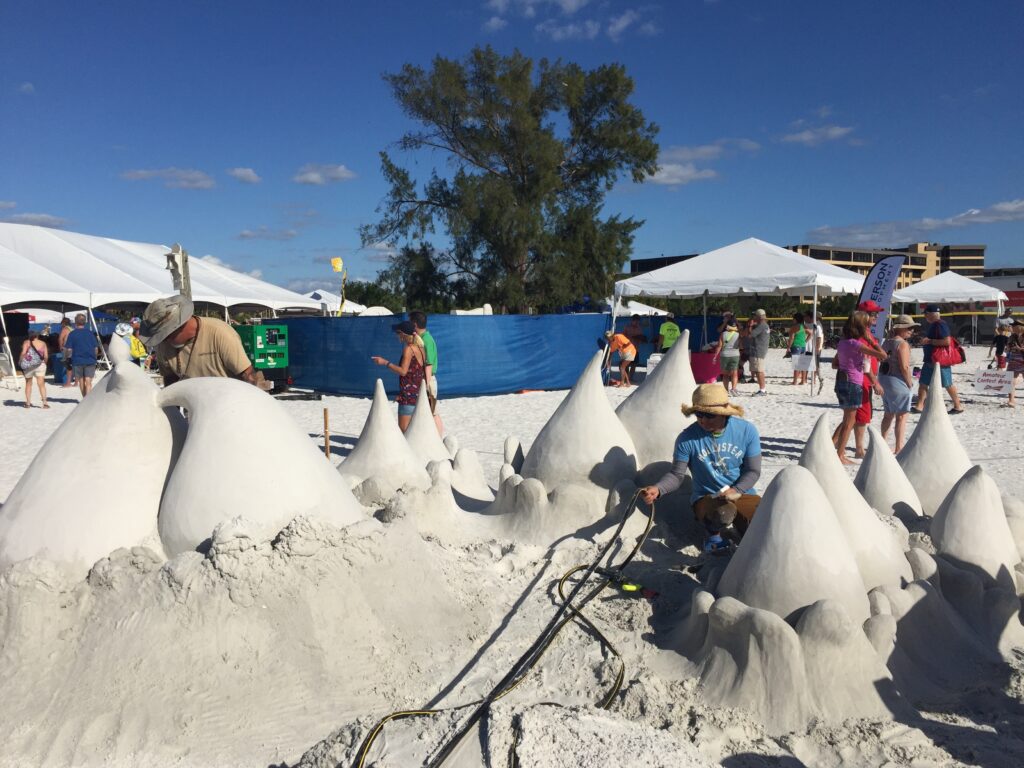
_______________________________________
Need further guidance? Contact us directly, check out our resources on our site (White Paper/4-part series Supporting Teachers in the Shift to Distanced Learning) and watch for our webinars coming in July:
- Using the 4 Stages of a Shift to Distanced Learning
- Ensuring Continuity of Learning in a Culture of Learning
- Aligning Teacher Support & Goals for Learners
- Observing in Varied Distanced Learning Models
- Making the Inaccessible Accessible: Observing for Equity
- Supporting Teachers through Feedback in Varied Distanced Models
Let’s stay connected – Sign up for our mailing list
Twitter: Amy @ATep46 Patrick @ReVISION_Learng
Order our books Feedback to Feed Forward: 31 Strategies to Lead Learning and Learner-Focused Feedback: 19 Strategies to Observe for Impact today!

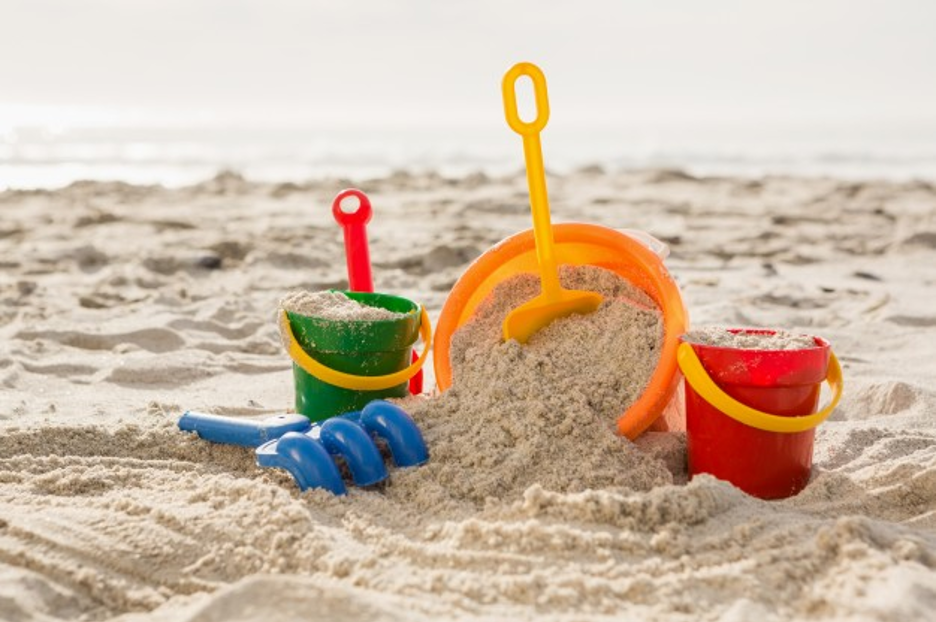
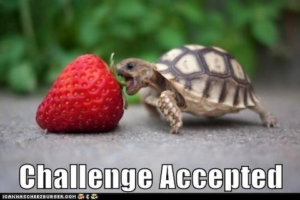

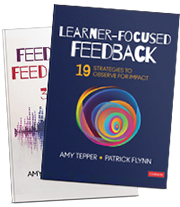
Leave a Reply